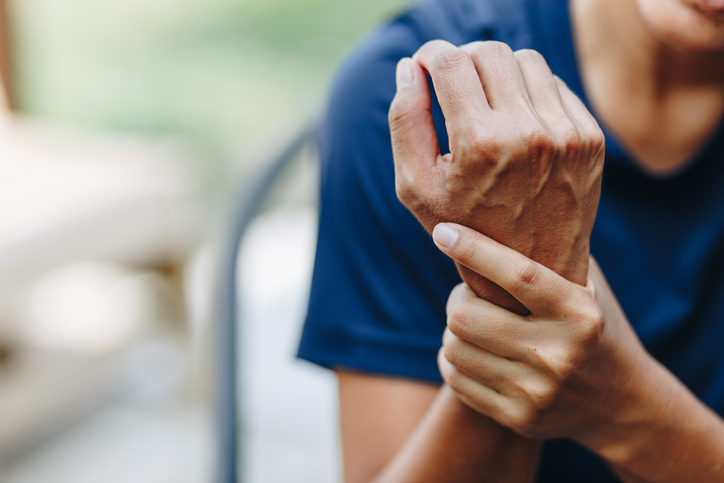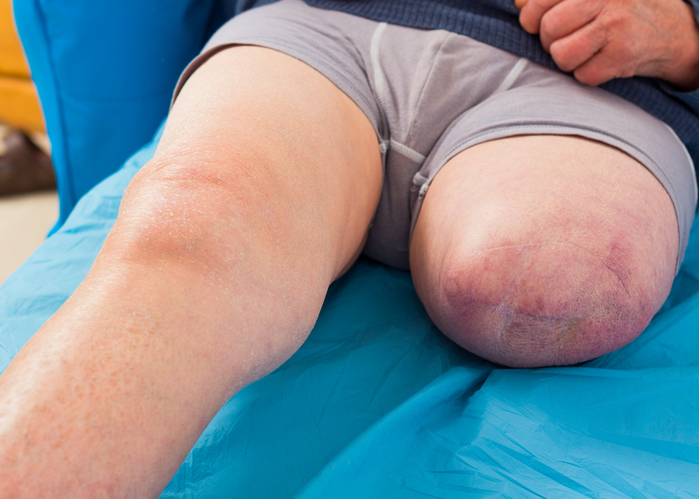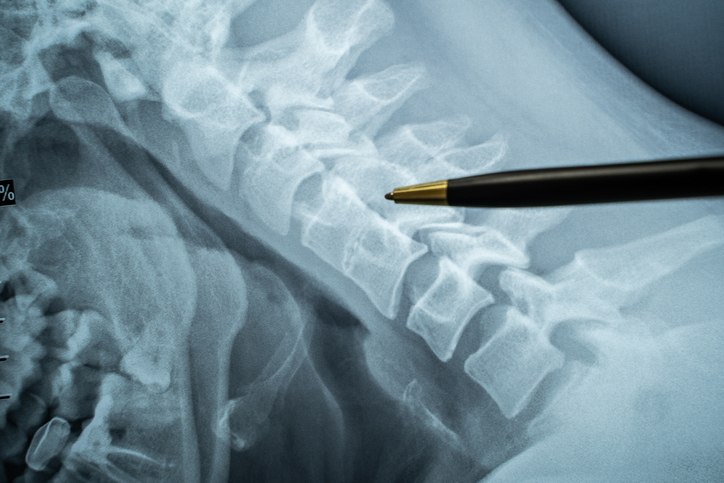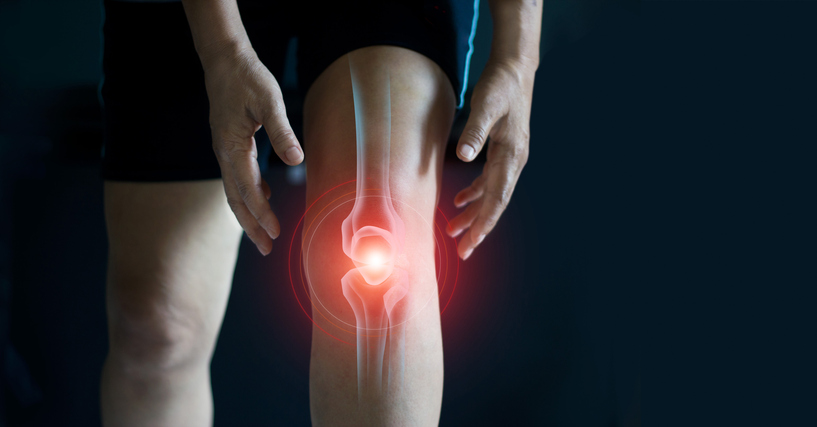Pain
Physical Withdrawal From Medication

Physical withdrawal can occur when an individual abruptly stops taking a medication, such as an antidepressant, steroid or pain medication. This type of withdrawal is not the same as withdrawal that occurs as a result of addiction. It does not include intense cravings for a substance, inability to control the use of the substance or negative consequences that occur as a result of its use, which are all characteristics of addiction. In many cases, physical withdrawal occurs after stopping medications that are not addictive.
Why does physical withdrawal occur?
Taking a medication for a significant time period causes changes in the body. For example, when prednisone is taken for approximately three weeks or longer, the amount of the hormone cortisol that the body produces decreases. When an individual stops taking prednisone, the effects of lower cortisol in the body are felt until the body slowly increases it to normal levels.
Antidepressants alter the levels of neurotransmitters in the brain. When an individual takes an antidepressant for a significant time period, the body adjusts to those levels. Suddenly stopping an antidepressant causes a rapid change in neurotransmitter levels, which can cause physical symptoms; this is often referred to as “discontinuation syndrome.”
What are the symptoms of physical withdrawal?
Symptoms of physical withdrawal vary depending on the medication.
Physical withdrawal from steroids may include the following symptoms:
- Fatigue
- Weakness
- Nausea or vomiting
- Dizziness or fainting
- Body aches
- Joint pain
Physical withdrawal from antidepressants may include the following symptoms:
- Anxiety
- Headaches
- Dizziness
- Nausea or vomiting
- Diarrhea
- Flu-like symptoms
- Electric shock sensations or “brain zaps”
Physical withdrawal from opioid-based pain medications may include the following symptoms:
- Muscle aches
- Anxiety
- Runny nose
- Excessive sweating
- Inability to sleep
- Diarrhea
- Abdominal cramping
- Nausea and vomiting
- Rapid heartbeat
- High blood pressure
Can physical withdrawal be prevented?
In order to prevent or minimize the symptoms of physical withdrawal, individuals should speak with their physicians about slowly tapering off medications. The dose of medication may be gradually reduced over several weeks or longer to avoid the symptoms of physical withdrawal.


















